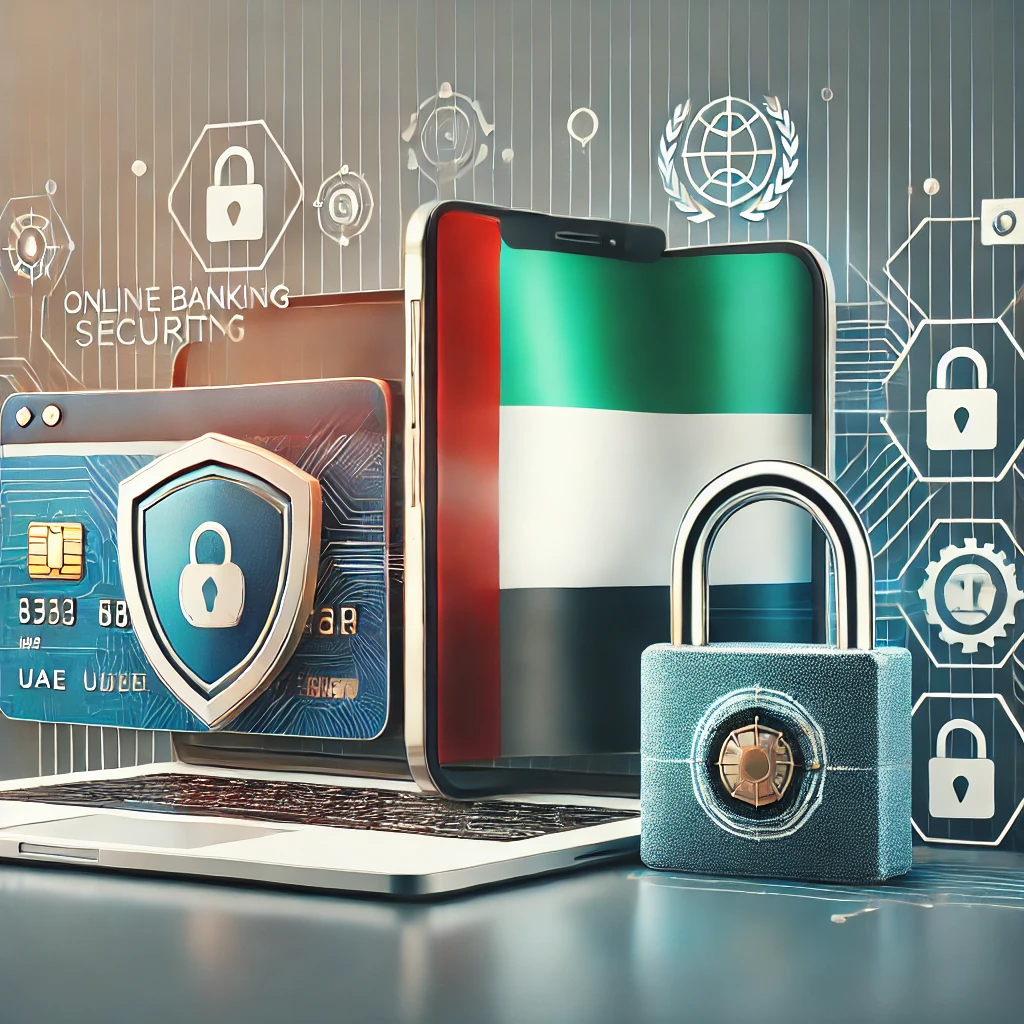
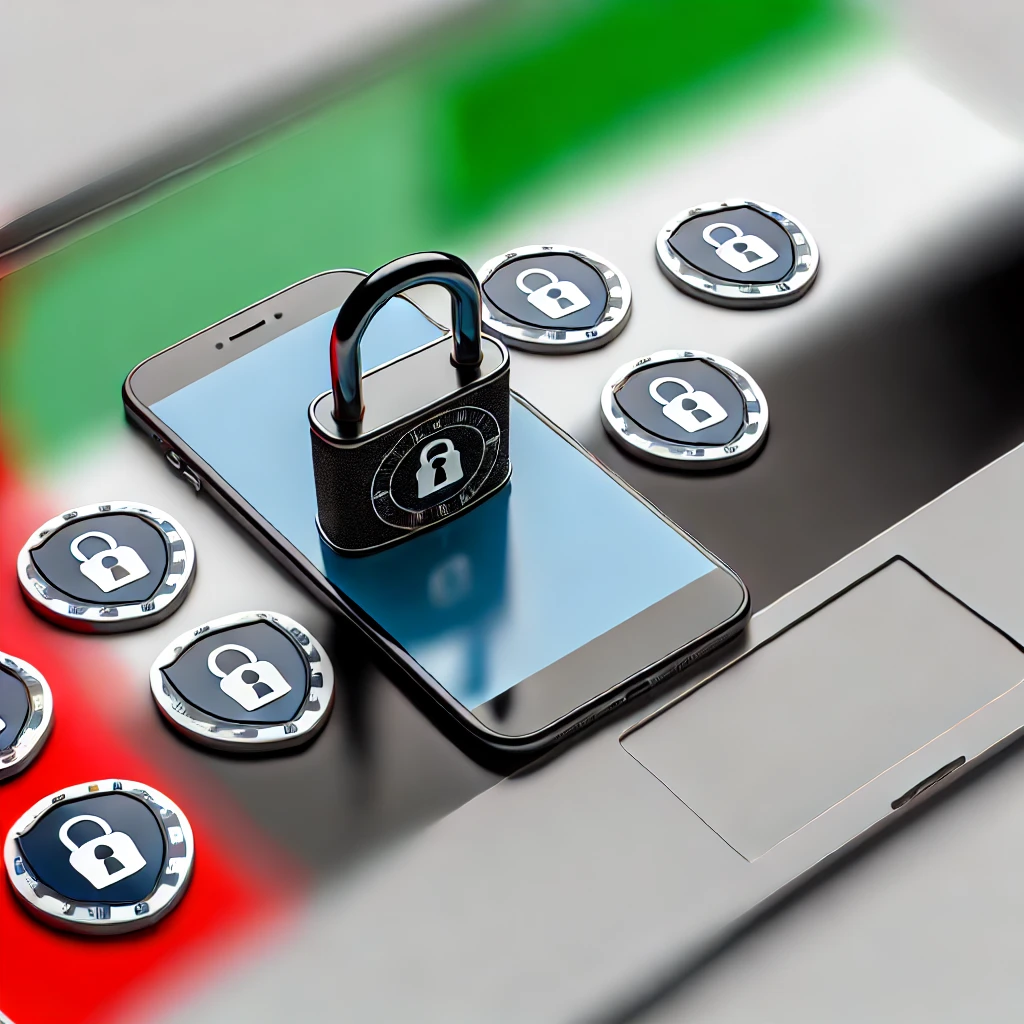
Importance of Online Banking Security
In today’s digital age, online banking has become an essential service for individuals and businesses alike. It offers convenience and efficiency, allowing users to manage their finances from anywhere at any time. However, with this convenience comes the significant responsibility of ensuring the security of your online banking activities. The importance of online banking security cannot be overstated, as it protects your personal and financial information from unauthorized access and cyber threats. Ensuring your online banking is secure helps to prevent identity theft, financial loss, and other serious consequences that can arise from cybercrime.
Overview of Common Threats
Understanding the common threats to online banking security is the first step towards protecting yourself. Some of the most prevalent threats include:
By being aware of these threats, you can take proactive steps to secure your online banking and protect your financial well-being.
How Online Banking Works
Online banking, also known as internet banking or e-banking, allows customers to conduct financial transactions over the internet through a bank’s secure website or mobile application. Key functionalities of online banking include:
Banks implement multiple layers of security measures to ensure that these transactions are safe and secure for their customers.
Security Measures Implemented by Banks
Banks employ various security measures to protect customers’ online banking activities. Some of these measures include:
Understanding these security measures helps users appreciate the importance of following best practices to enhance their own security and reduce the risk of cyber threats.
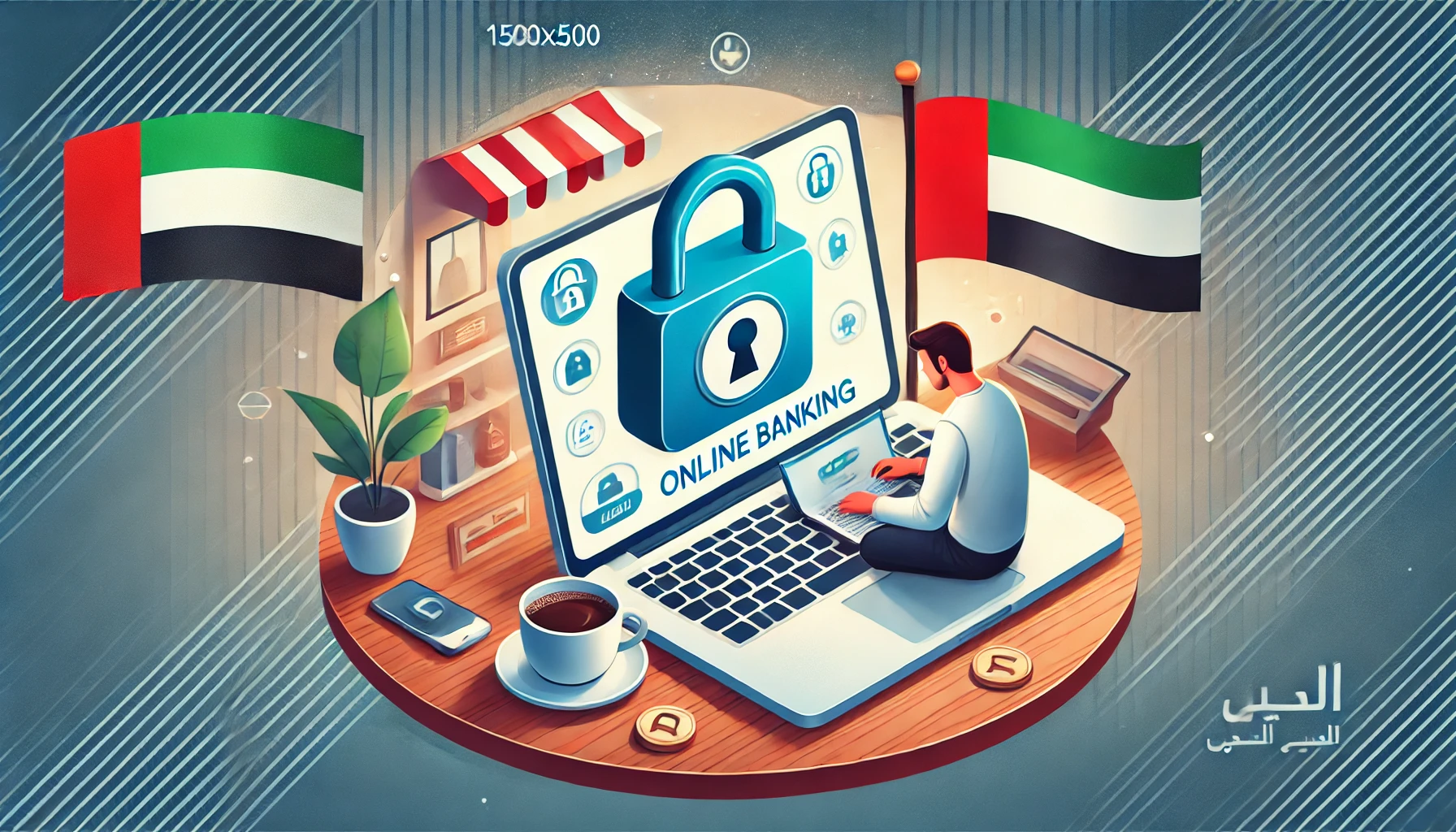
Creating Strong and Unique Passwords
Creating strong and unique passwords is one of the most effective ways to secure your online banking accounts. Here are some tips for creating robust passwords:
Using Password Managers
Password managers are tools that help you generate, store, and manage your passwords securely. They can simplify the process of using strong, unique passwords for every account. Here’s how they can help:
By using a password manager, you can enhance your online banking security without the hassle of remembering multiple complex passwords.
What is 2FA?
Two-Factor Authentication (2FA) is an additional layer of security used to ensure that people trying to gain access to an online account are who they say they are. First, a user enters their username and a password. Then, instead of immediately gaining access, they will be required to provide another piece of information. This second factor could come from one of the following categories:
How to Enable 2FA for Online Banking
Enabling 2FA for your online banking is a straightforward process. Here’s a general guide on how to set it up:
By implementing 2FA, you significantly reduce the risk of unauthorized access to your online banking account, adding a crucial layer of protection to your financial data.
Setting Up Account Alerts
Regularly monitoring your bank accounts is an essential practice for maintaining online banking security. One effective way to do this is by setting up account alerts. Here’s how:
By setting up and regularly reviewing account alerts, you can quickly respond to any suspicious activities and take action to secure your accounts.
Reviewing Statements Regularly
Regularly reviewing your bank statements is another critical practice for maintaining online banking security. Here’s why it’s important and how to do it effectively:
Identify Unauthorized Transactions: Reviewing your statements helps you spot any unauthorized transactions or errors.
Monitor Account Activity: Keep an eye on your account activity to ensure all transactions are legitimate and as expected.
Monthly Review: Make it a habit to review your bank statements at least once a month. Some banks also provide real-time transaction views through their online banking portals.
Report Issues Immediately: If you notice any suspicious or unauthorized transactions, report them to your bank immediately. Quick action can prevent further unauthorized activity and potential losses.
Use Digital Statements: Many banks offer digital statements that you can access and review through their online banking platform, making it easier to stay on top of your account activity.
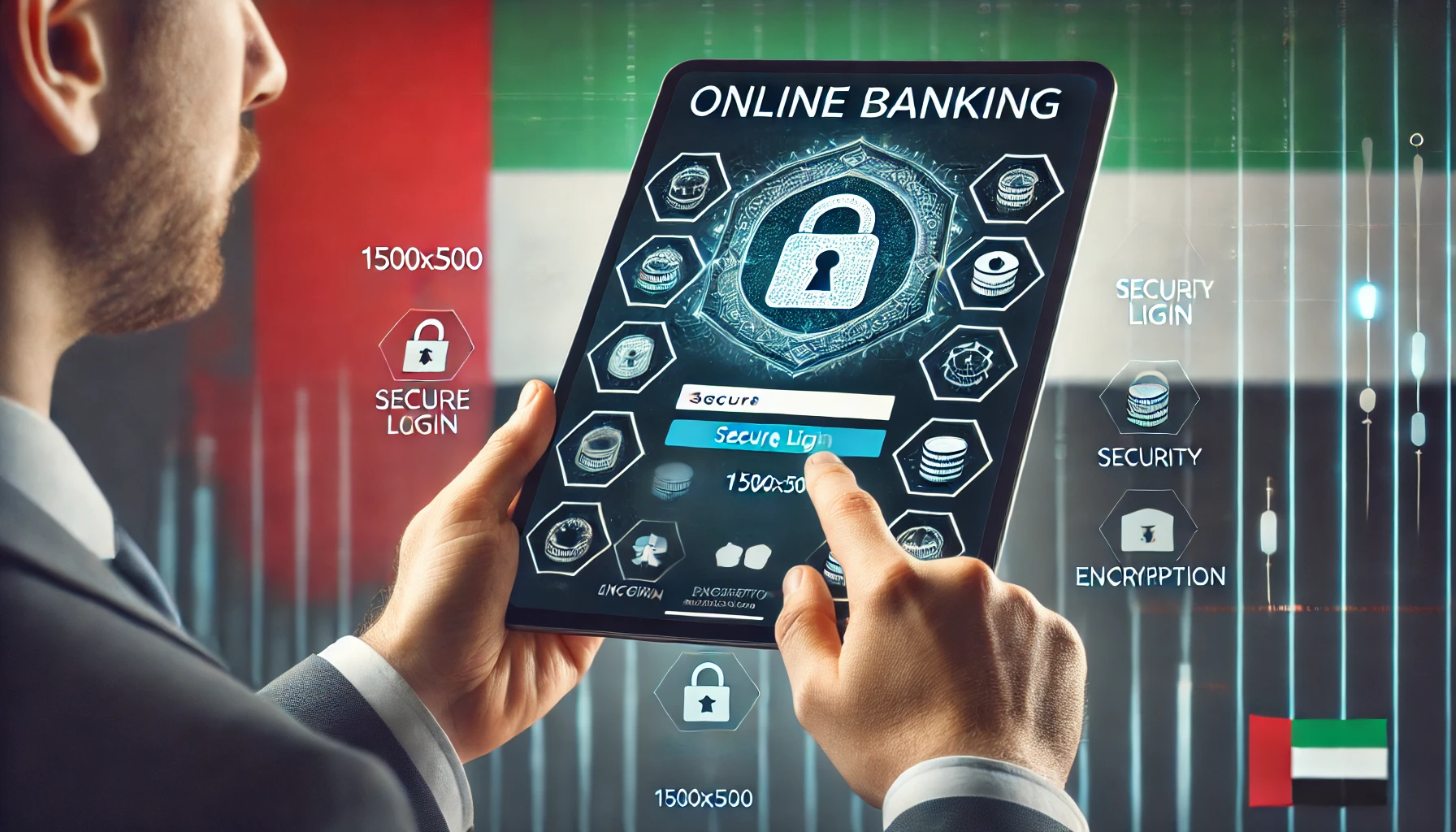
Importance of Software Updates
Keeping your devices and software up to date is crucial for protecting your online banking activities. Here’s why:
Using Antivirus and Anti-Malware Software
In addition to keeping your software updated, using antivirus and anti-malware software is an essential part of your online banking security strategy. Here’s how it helps:
By keeping your devices and software updated and using robust antivirus and anti-malware solutions, you can significantly reduce the risk of cyber threats and enhance your online banking security.
Securing Mobile Devices
With the increasing use of smartphones for banking, it’s essential to secure your mobile devices to protect your financial information. Here are some best practices:
Using Bank-Specific Apps
Using your bank’s official mobile app is safer than accessing your account through a mobile web browser. Here’s why:
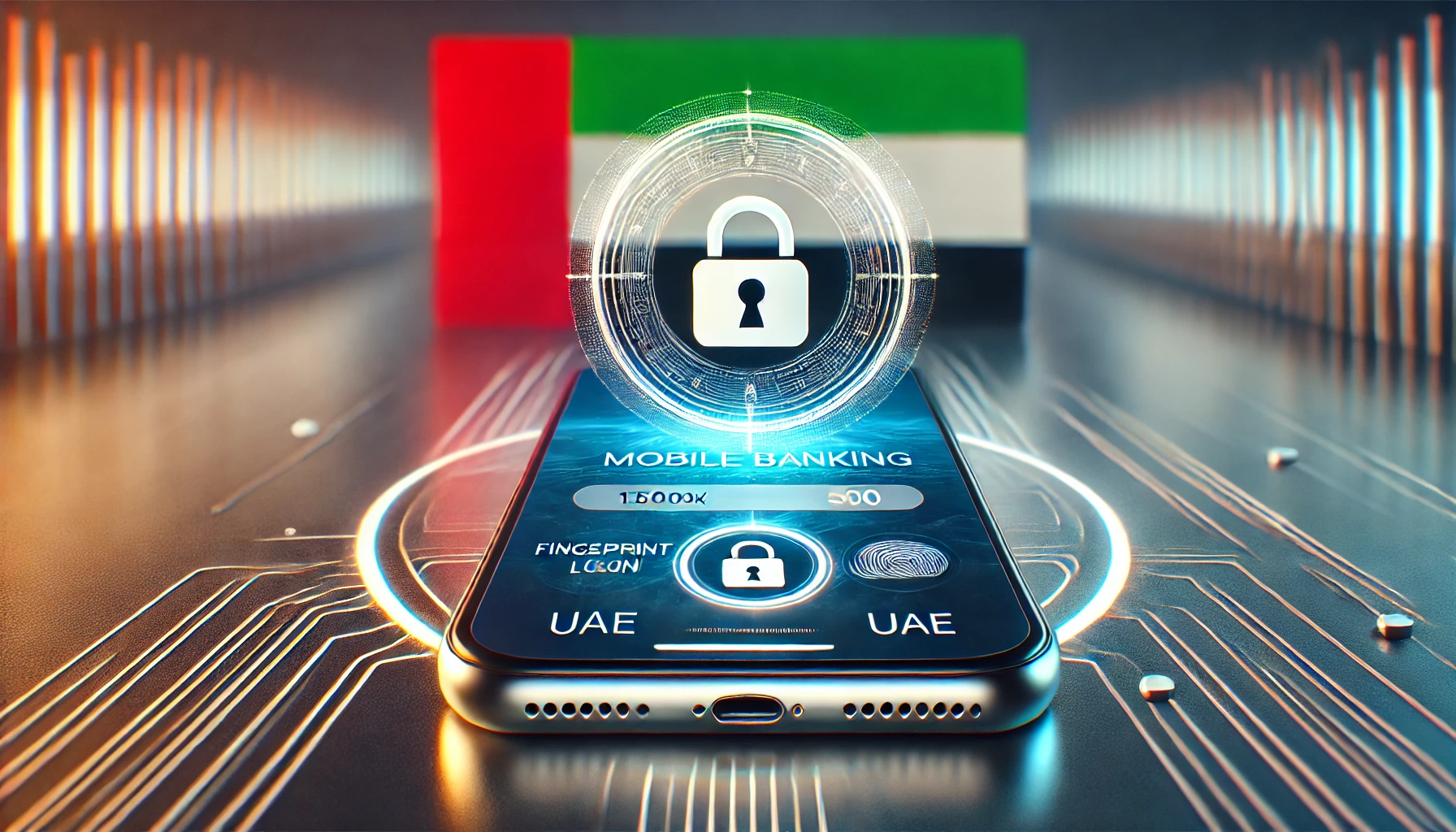
Recap of Key Points
Securing your online banking activities is essential to protect your financial information and prevent cyber threats. Here’s a quick recap of the key points discussed in this guide:
Staying Informed and Vigilant
Online banking security is an ongoing process that requires staying informed and vigilant. Keep yourself updated on the latest security practices and be proactive in protecting your financial information. By following the guidelines in this comprehensive guide, you can enjoy the convenience of online banking while keeping your accounts secure.
Remember, your bank is also a valuable resource for security information and support. Don’t hesitate to reach out to them if you have any concerns or questions about securing your online banking activities.